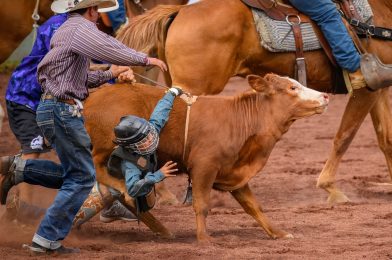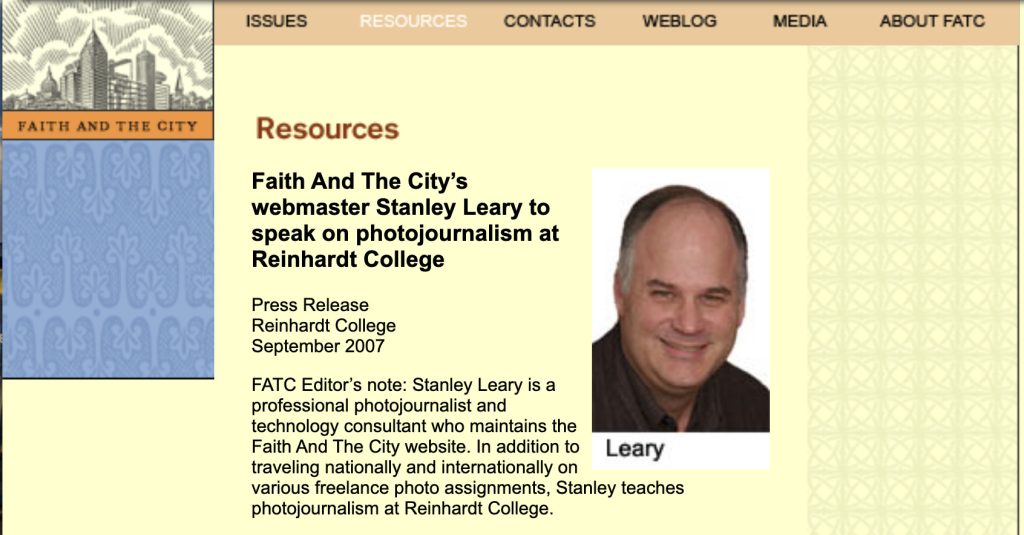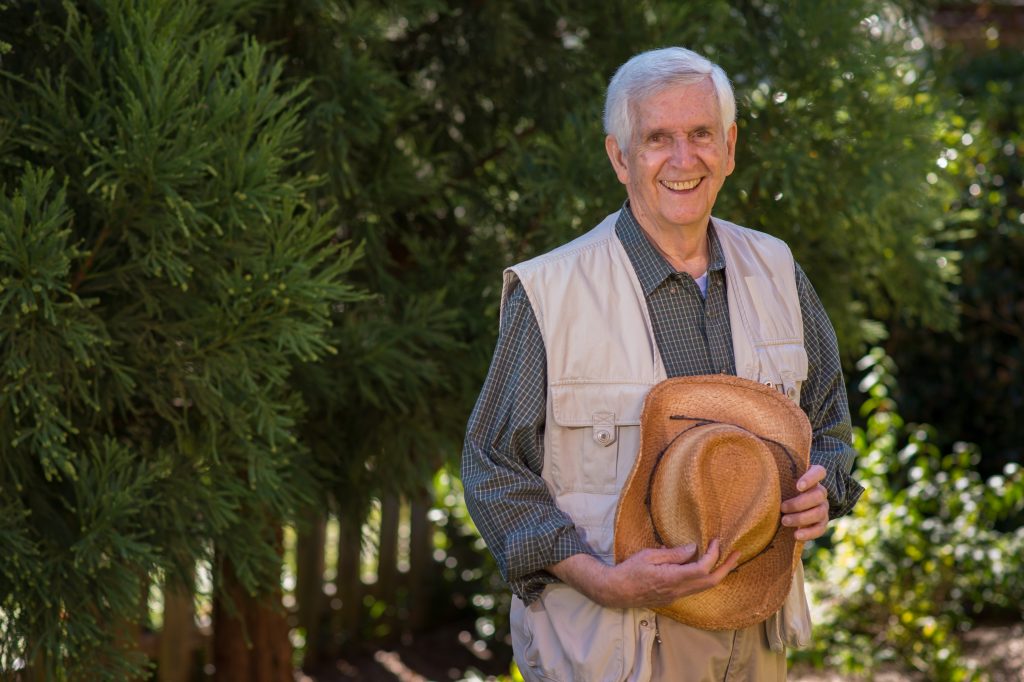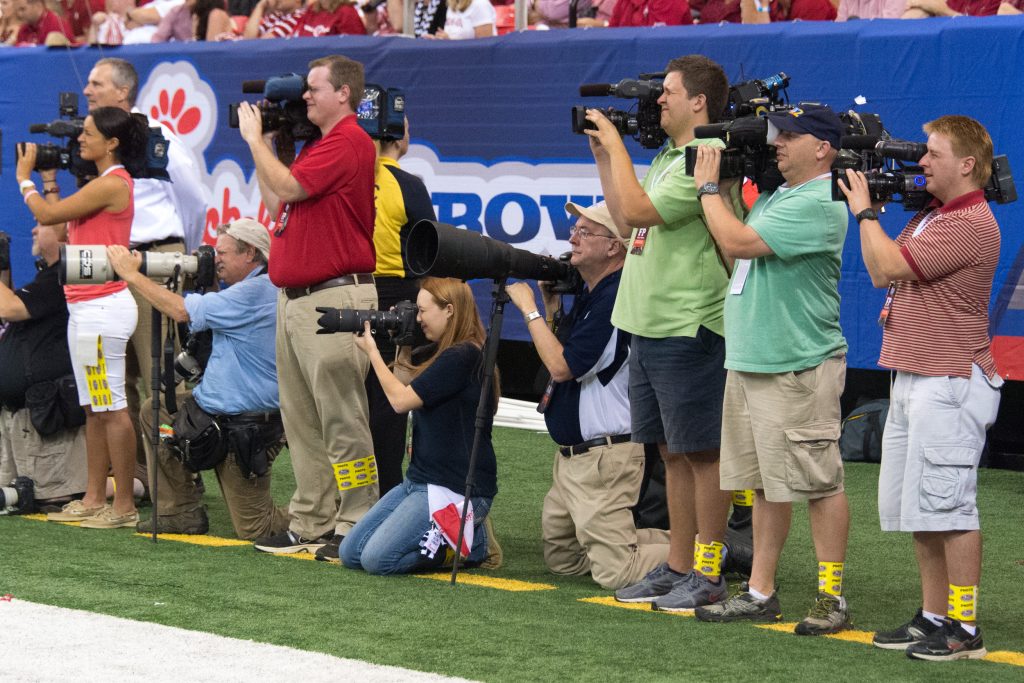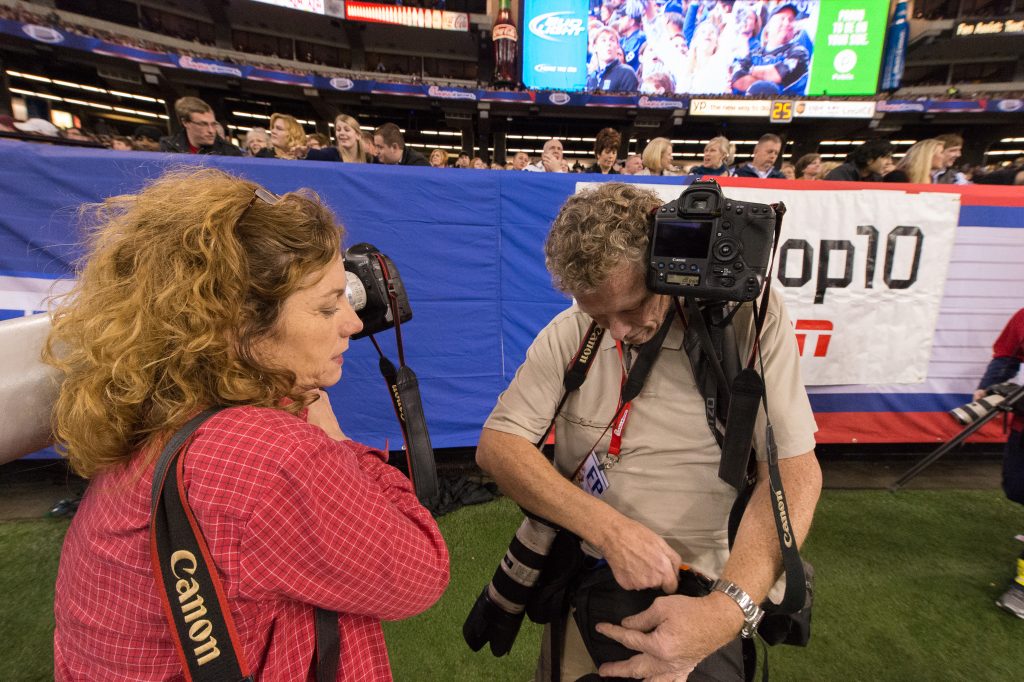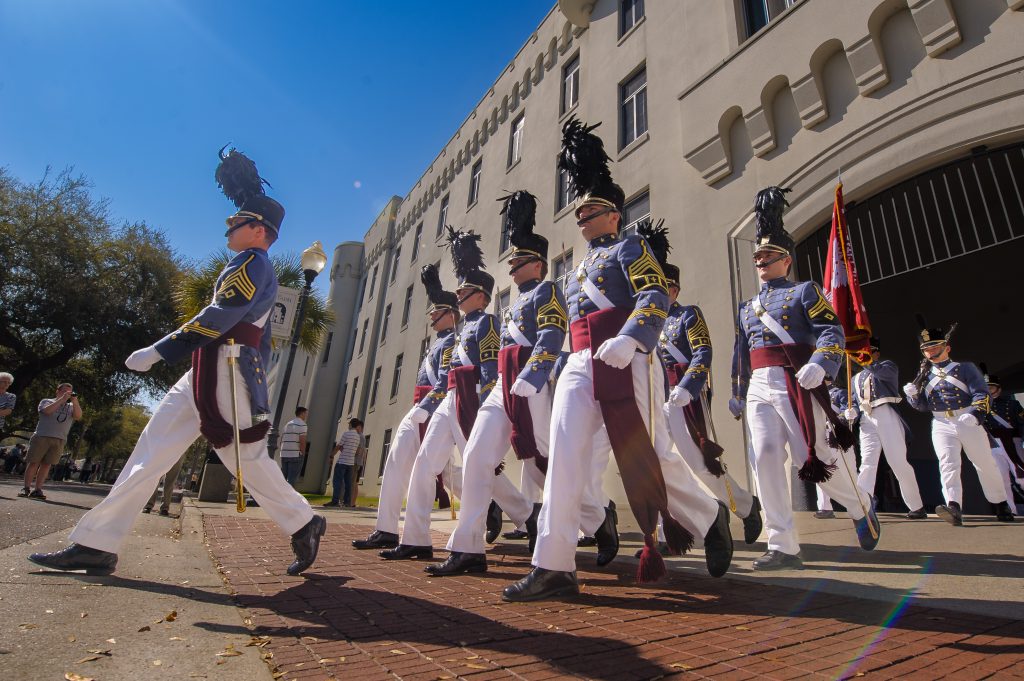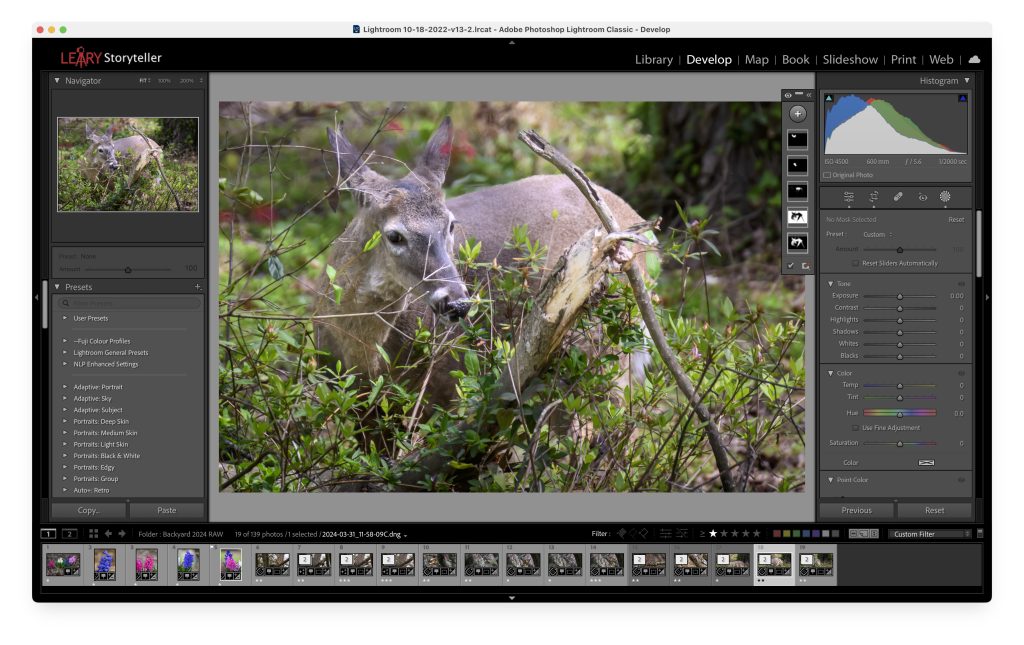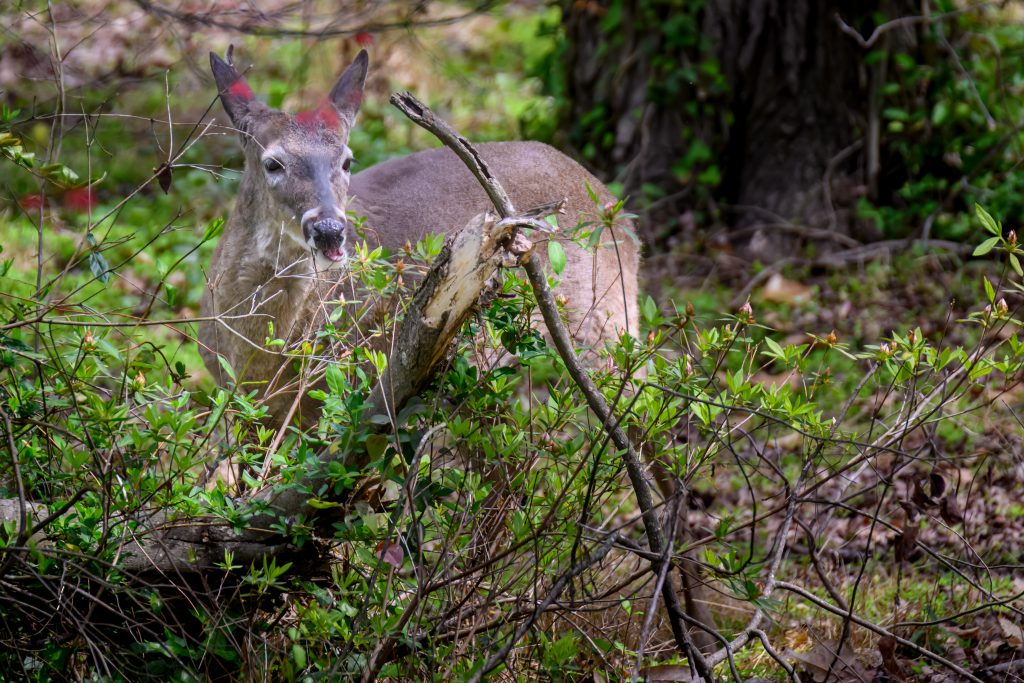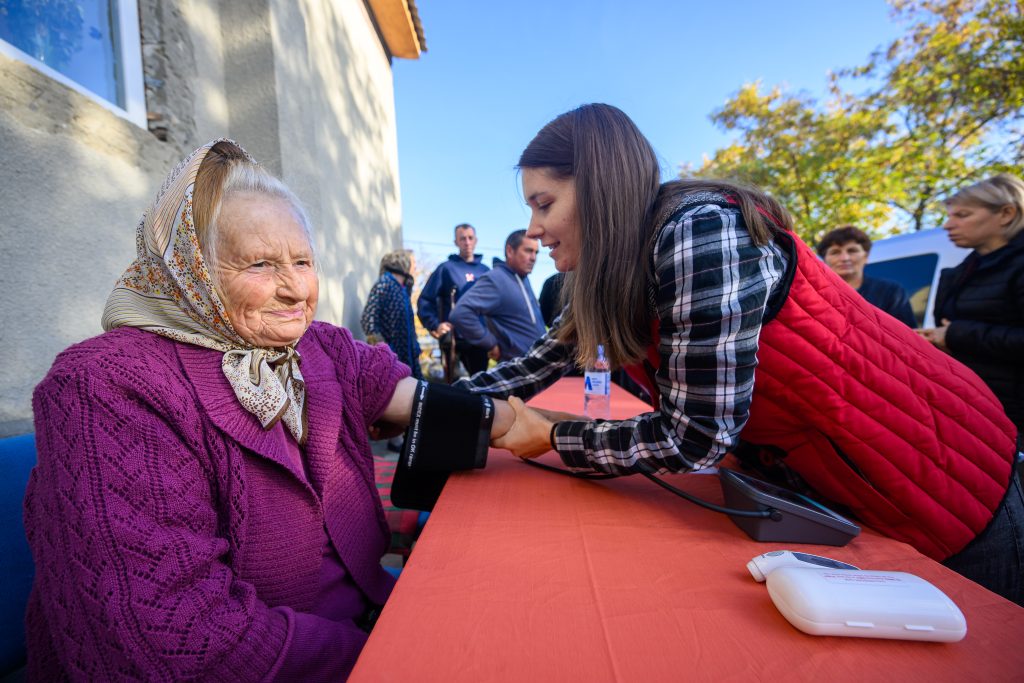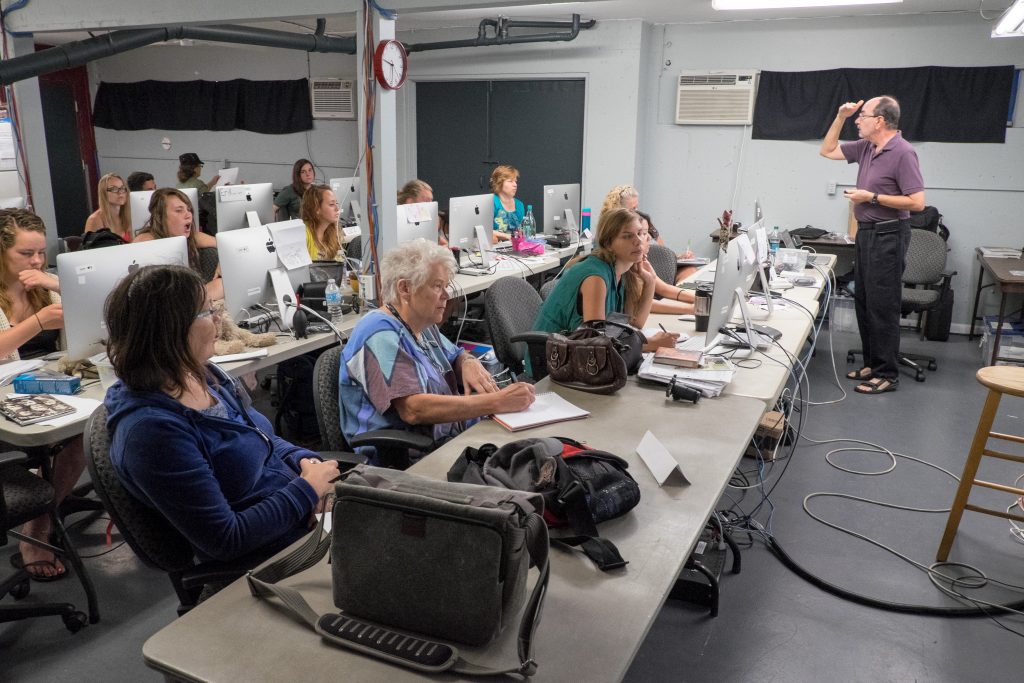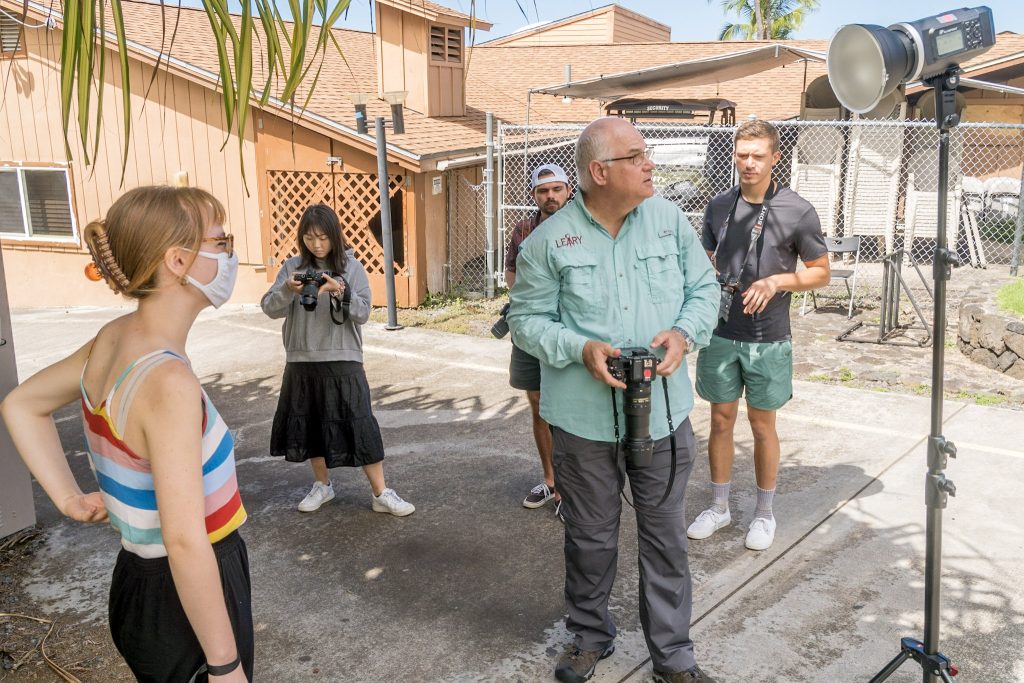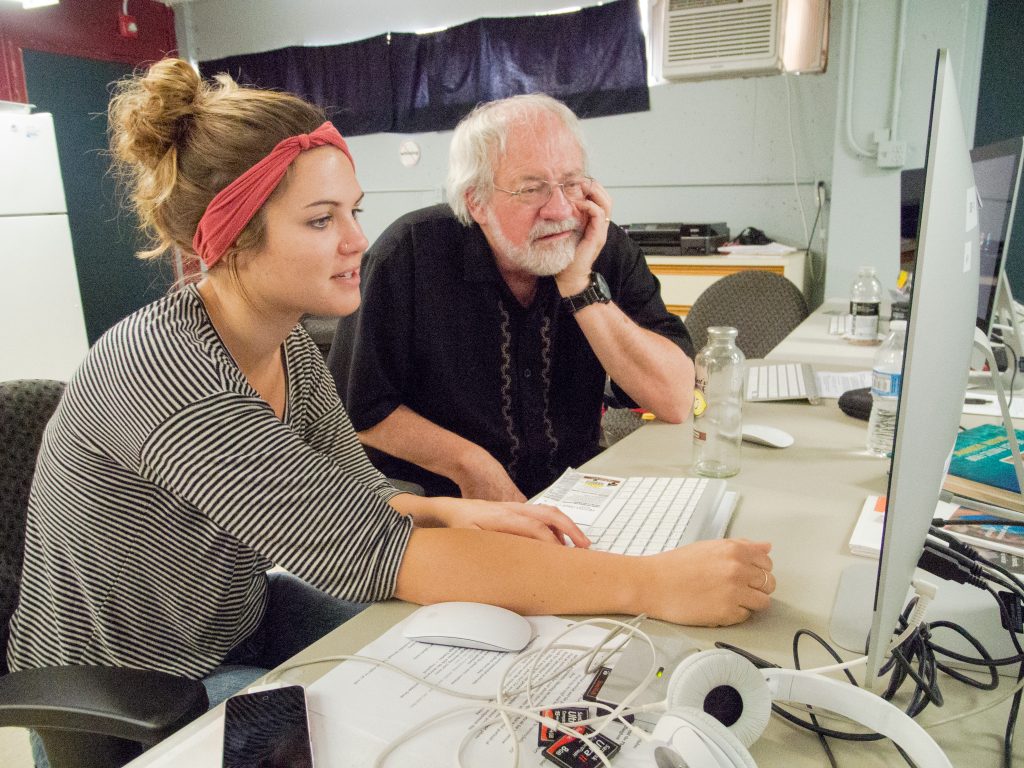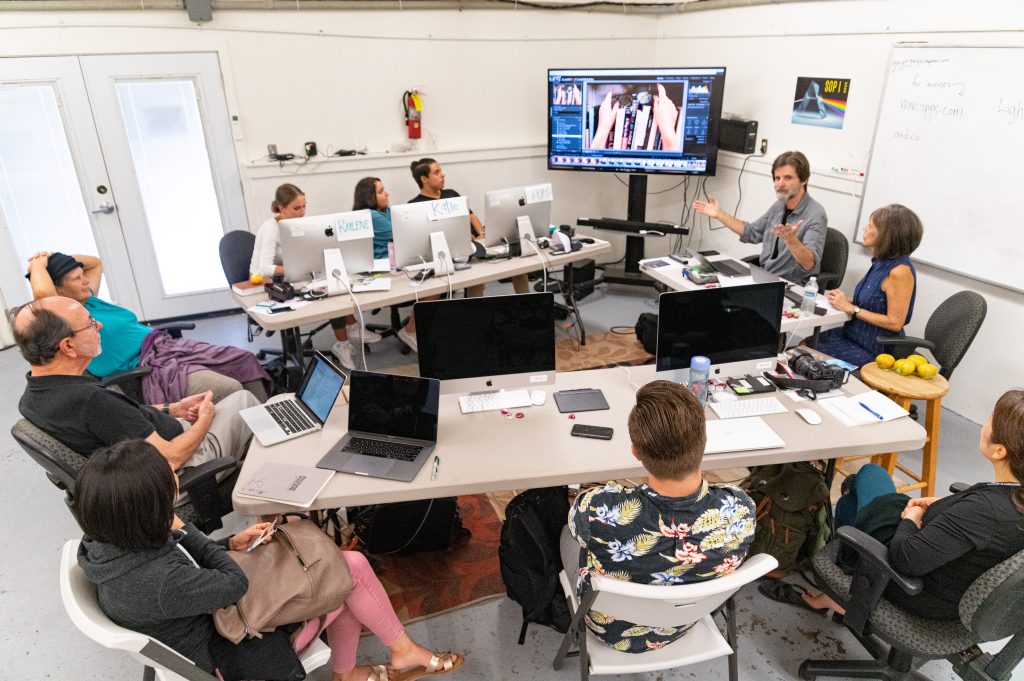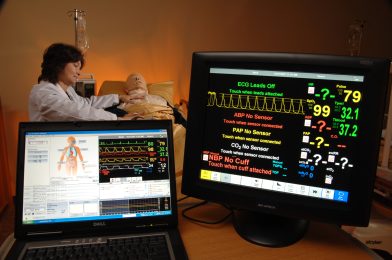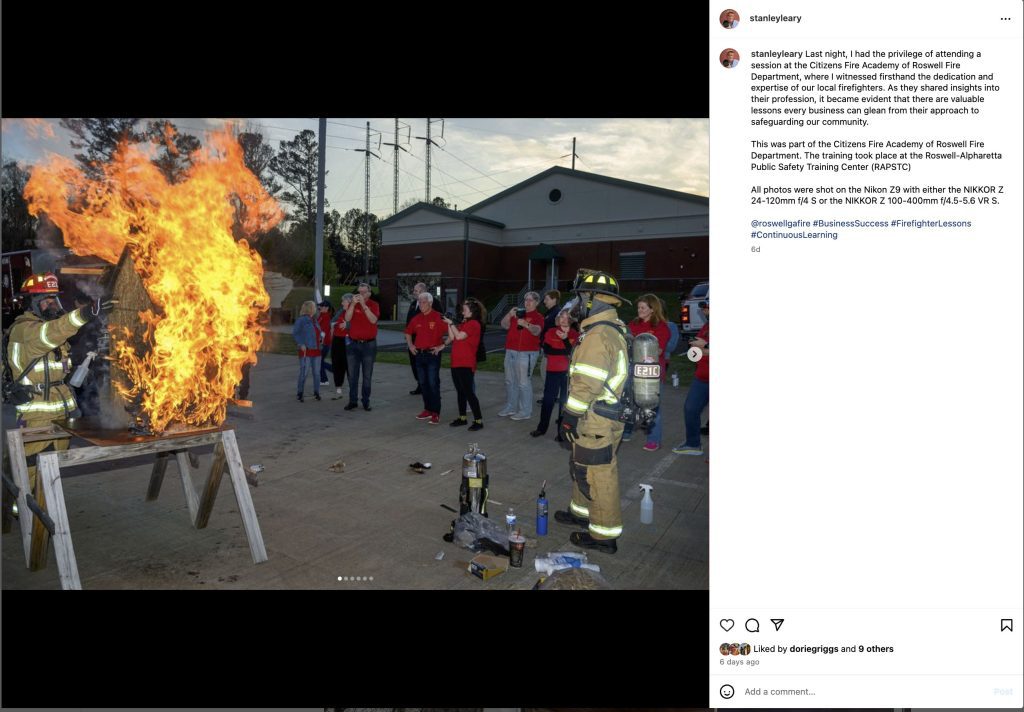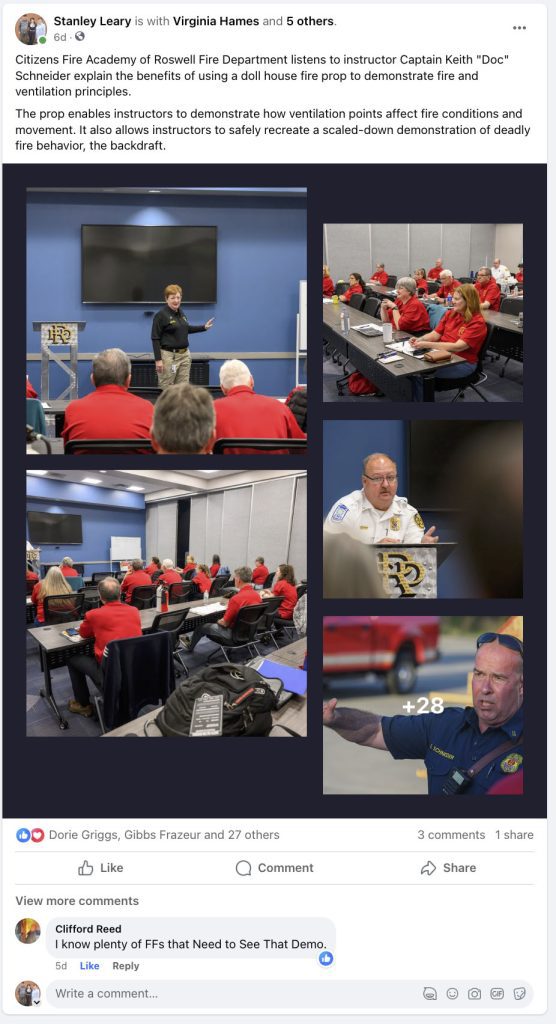Caption: Young riders test the waters of competition by using smaller animals for the first time. Jr. Bull Riding is available for all riders under 16. Riders must complete an eight-second ride or be given no time for their event. This rider’s hand got stuck in the rope used to ride the calf during the Panaewa Stampede Rodeo at Equestrian Center Complex, Stainback Highway, Hilo, Hawaii.
In photography, we often talk about techniques like lighting and composition to enhance the visual appeal of our images. But what truly sets a photograph apart from the rest? What makes it resonate deeply with the viewer? It’s the ability to tell a story.
Tell a story with your photos rather than documenting a subject.
A photo should be ABOUT something and not OF something.
I believe that a photograph should be more than just a documentation of a subject; it should be a narrative that captivates the audience and leaves them asking questions. Here’s how you can harness the power of storytelling to create photos that stand out and leave a lasting impact.
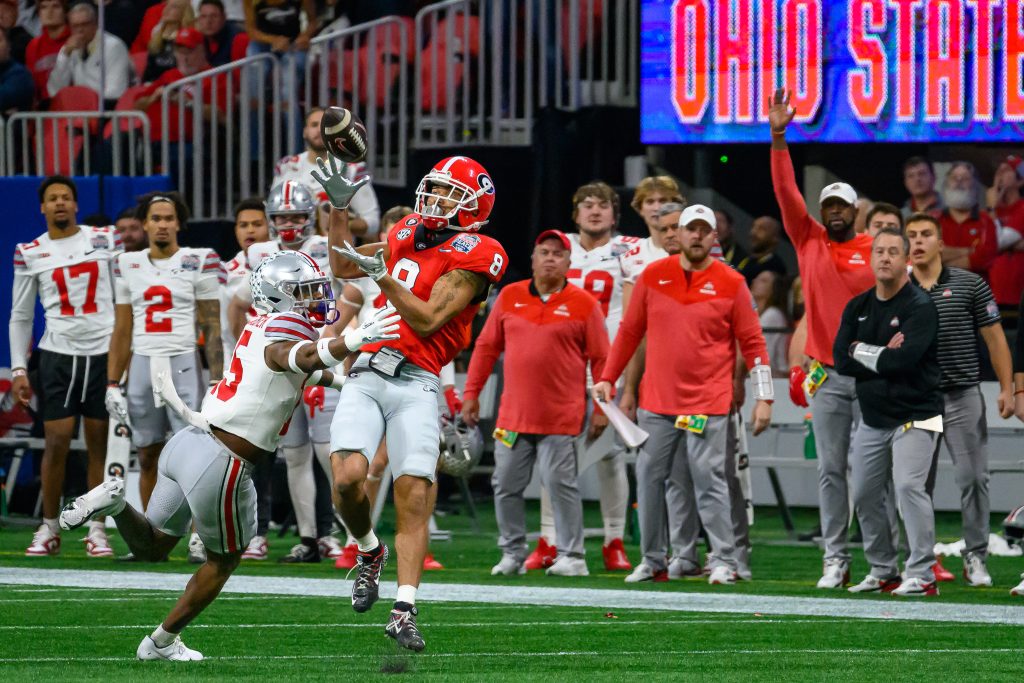
1. Anticipation Photos: Setting the Stage for Drama
Ever heard the saying, “It’s not about the destination, but the journey”? The same principle applies to photography. Anticipation photos capture the moments just before something significant is about to happen. These images are like a cliffhanger in a story, leaving the audience eagerly anticipating the next chapter.
The photo above has you anticipating a catch, but he could miss it for several reasons. These moments are pregnant with anticipation, drawing viewers into the story and sparking their curiosity and imagination.

2. The Power of Context: Shooting Wide for Storytelling
While close-up shots can be visually striking, they often lack the context to tell a compelling story. Shooting wide allows you to include visual cues that provide context and depth to your images. Whether it’s capturing the bustling streets of a city or the vast expanse of a natural landscape, wide shots invite the viewer to immerse themselves in the scene and piece together the narrative.

For example, instead of zooming in on a Hawk. By including surrounding elements, such as trees, sunlight, and the squirrel, you give your audience a richer understanding of the moment you’re capturing.
3. Captions: Adding Layers to Your Story
A picture may be worth a thousand words, but sometimes, a well-crafted caption can elevate it even further. Look for photos that naturally lend themselves to storytelling, where the visuals leave room for interpretation and intrigue. These images cry out for a caption, inviting the viewer to engage with the story deeply.

For instance, a photo of a cowboy in distress, but with the caption now suddenly, the image takes on a whole new dimension, inviting viewers to reflect on their aspirations and desires.
In conclusion, storytelling is the secret ingredient that can take your photos from ordinary to extraordinary. By capturing moments of anticipation, shooting wide for context, and adding thoughtful captions, you can create images that not only captivate the eye but also touch the heart and stir the imagination. So the next time you pick up your camera, remember to ask yourself: What story am I trying to tell?

